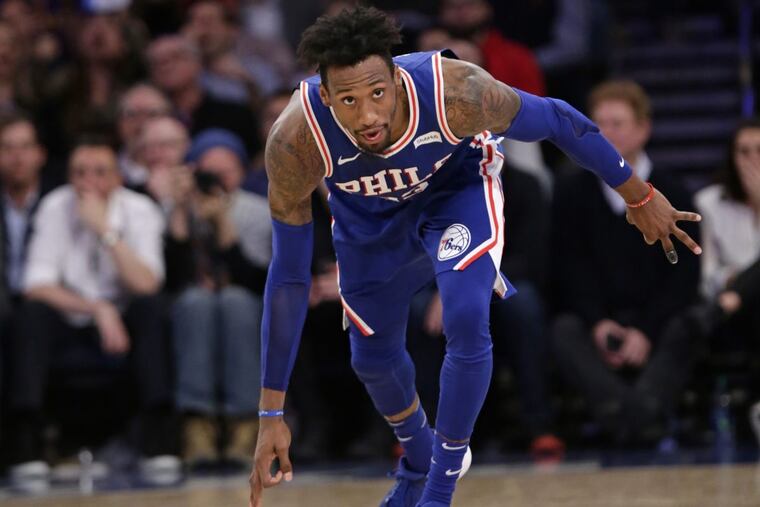Robert Covington is a shooter, so he never had doubt | David Murphy
Robert Covington's go-ahead three-pointer against the Nets comes in the midst of a resurgence.

Robert Covington's go-ahead three-pointer against the Nets comes in the midst of a resurgence.
